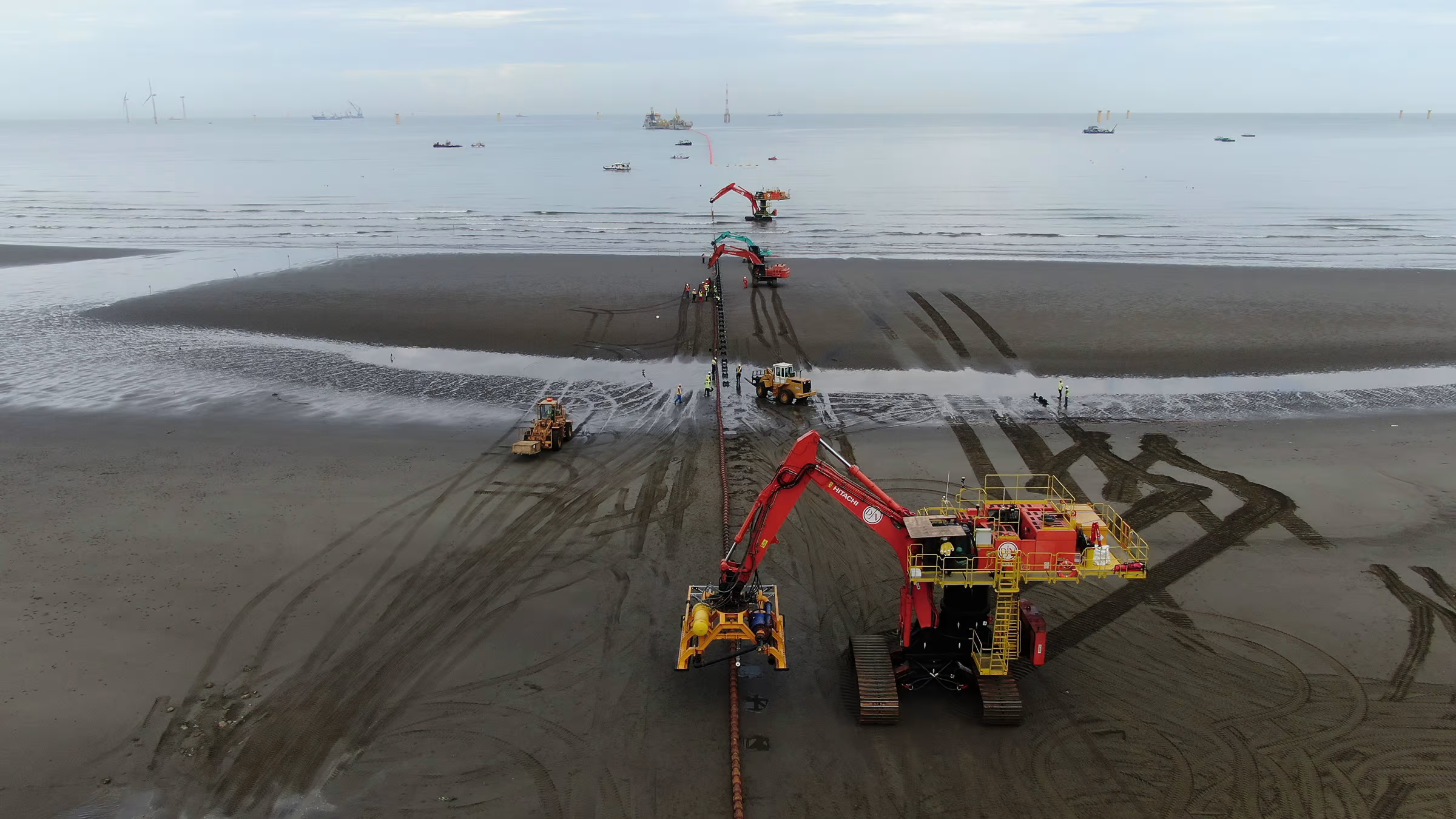
Figure 55 Offshore array cables installed at landfall. Image courtesy of Jan de Nul. All rights reserved.
Function
The installation of export cables enables the connection between the offshore substation and the onshore export cable.
Who supplies them
Marine contractors: Boskalis, DEME, DeepOcean, Global Marine, Global Offshore, Huisman, Jan de Nul, Oceanteam, Seaway 7 and Van Oord.
Cable manufacturers with installation capabilities: Nexans, NKT and Prysmian.
Key facts
Export cable installation starts with the shore pull-in (first-end pull-in) (see B.1.2 for further information). The CLV then moves off, laying the cable as it goes.
Export cables are laid in sections which are as long as possible to avoid expensive subsea joints.
Export cables are typically buried 1 to 4 m below the sea bed. Burial usually takes place simultaneously as the cable is laid using a cable plough, as immediate burial and protection is obtained in a single pass which reduces costs. A two-stage process may also be used where the cable is first laid on the sea bed, after which a vessel with a trenching remotely operated vehicle (ROV), and a vertical injector and jetting sled, undertakes the burial. The approach taken depends on a number of factors including the availability of equipment, cost and ground conditions.
At the offshore substation, the cable is either set down and wet-stored for subsequent pull-in to the substation, or immediately pulled-in which is preferred. Electrical terminations are made after pull-in.
Most export cable manufacturers have CLVs and install export cables themselves.